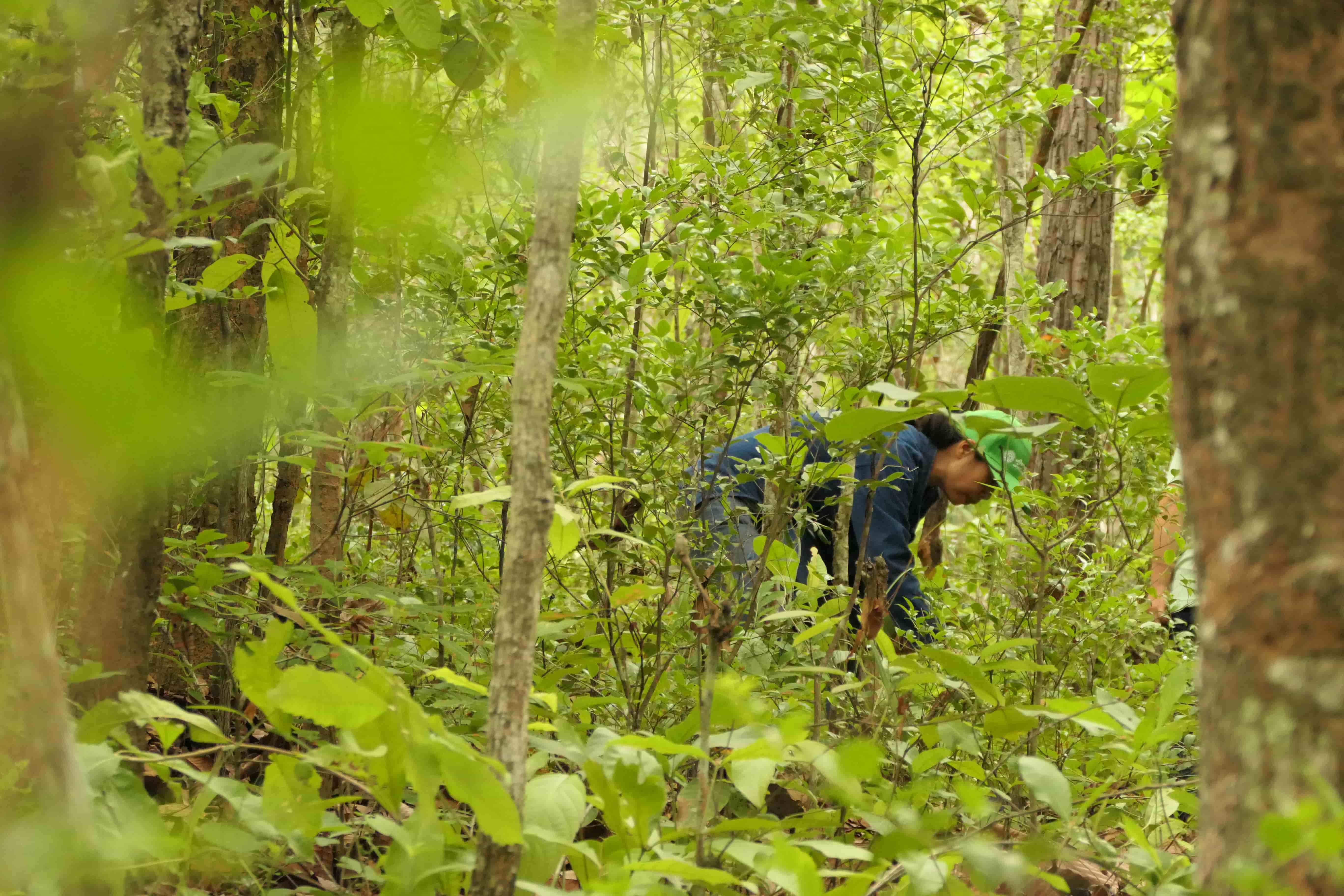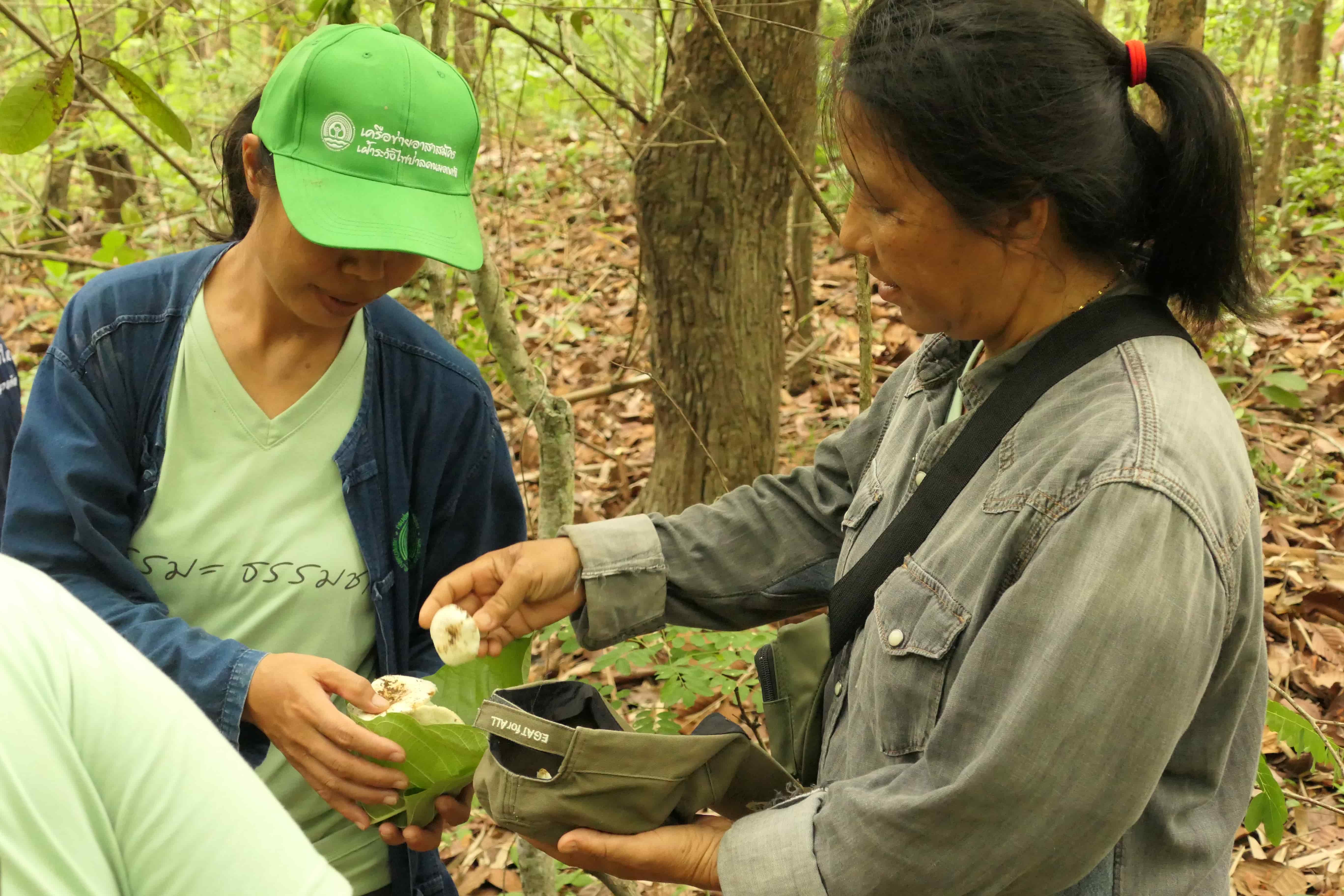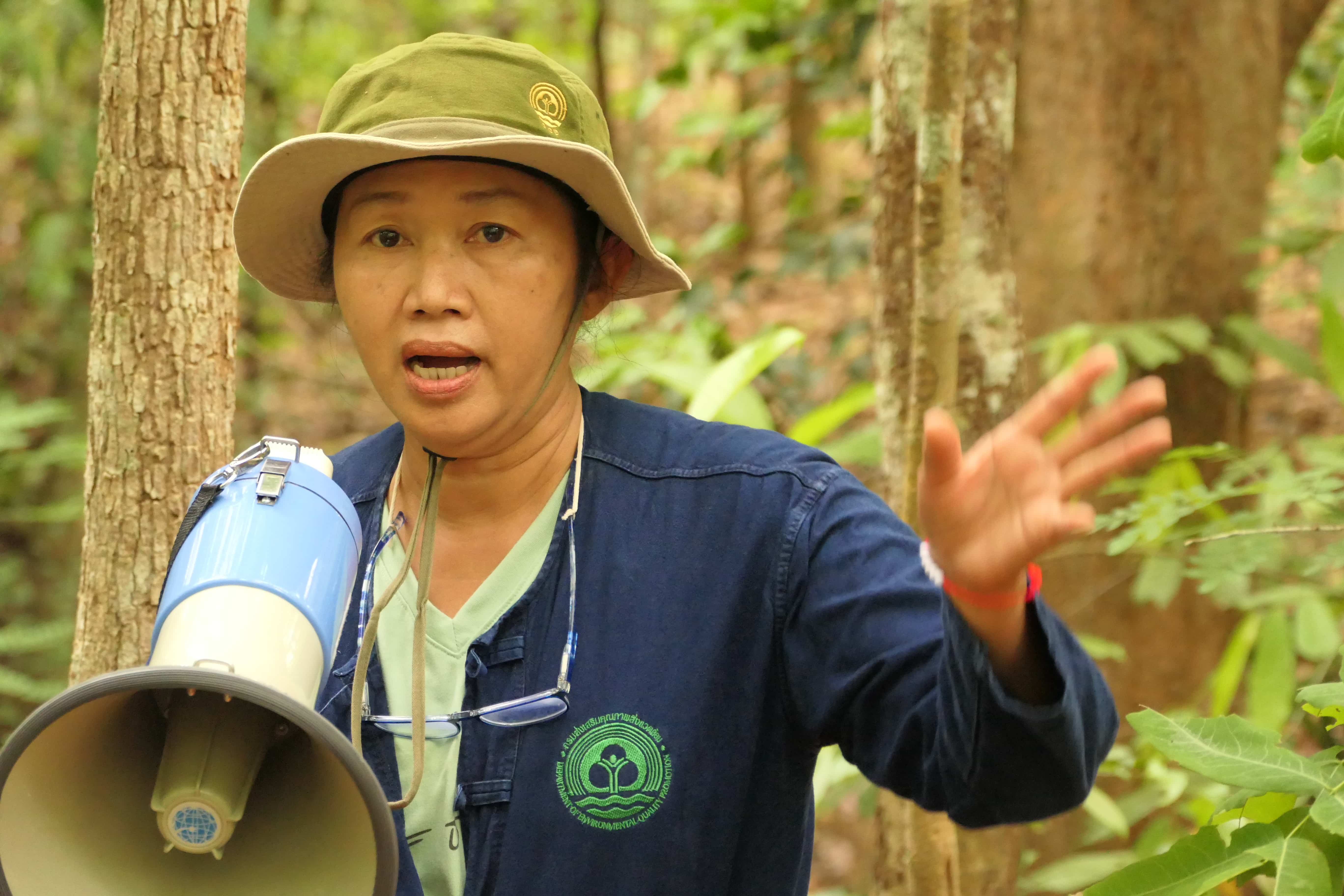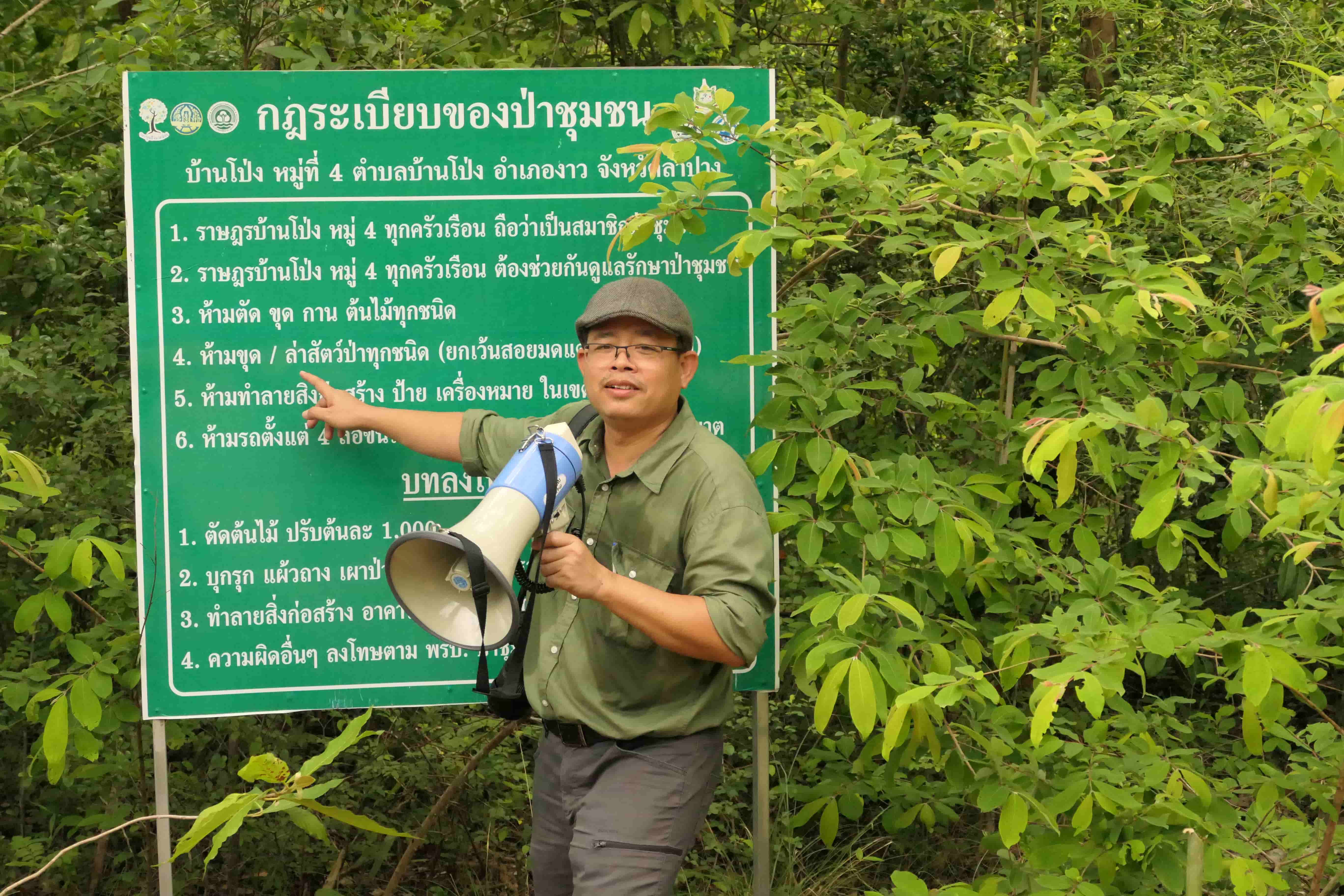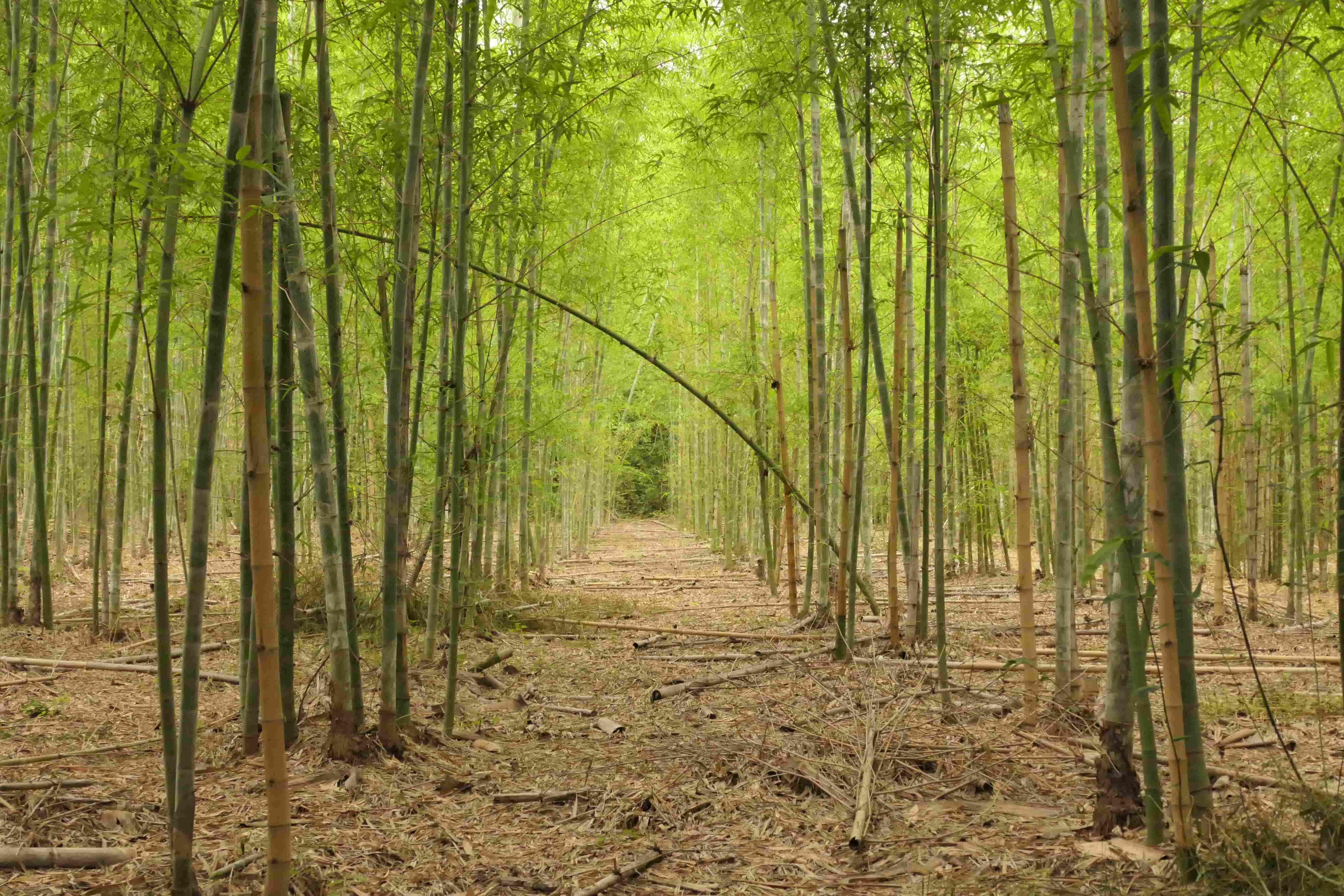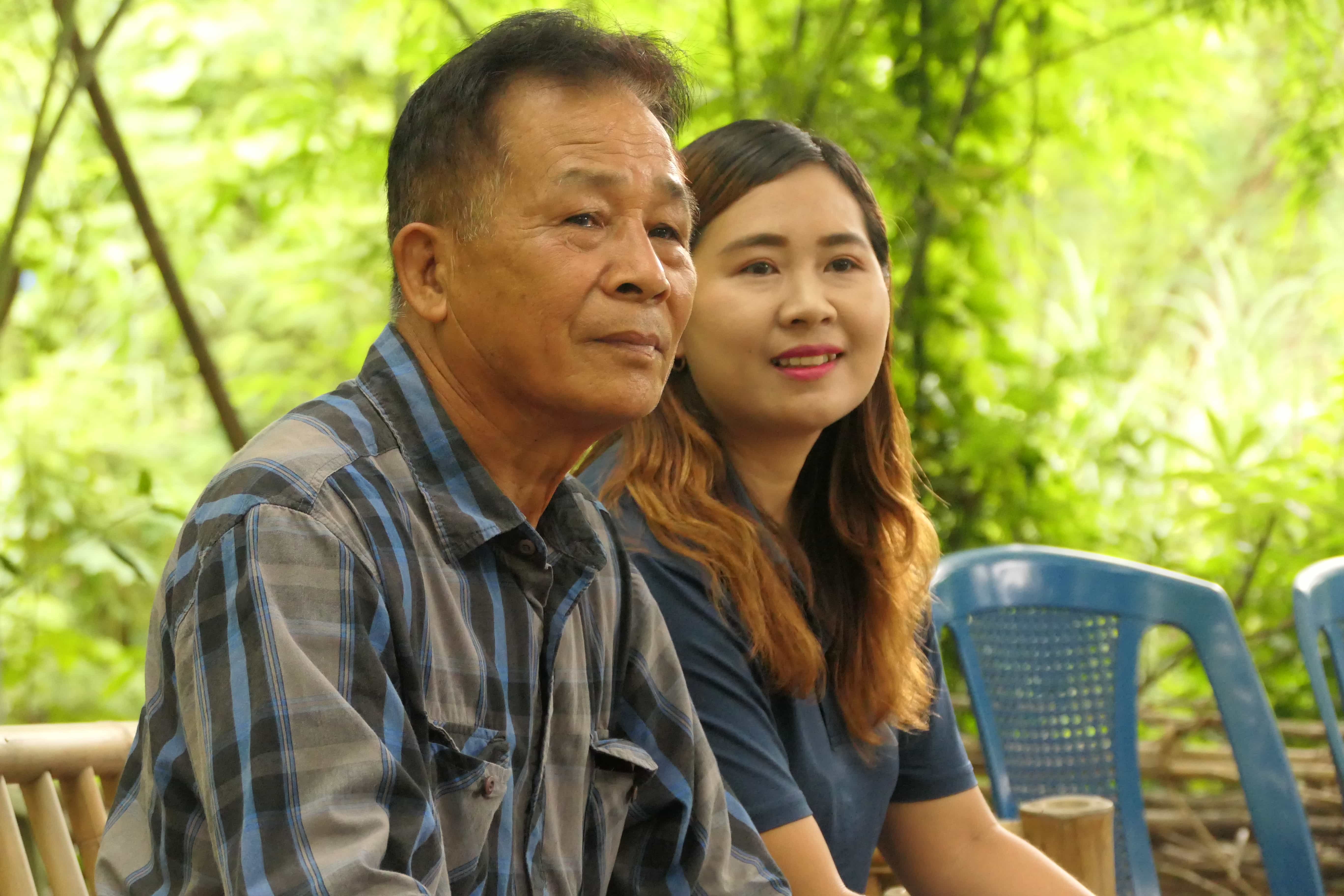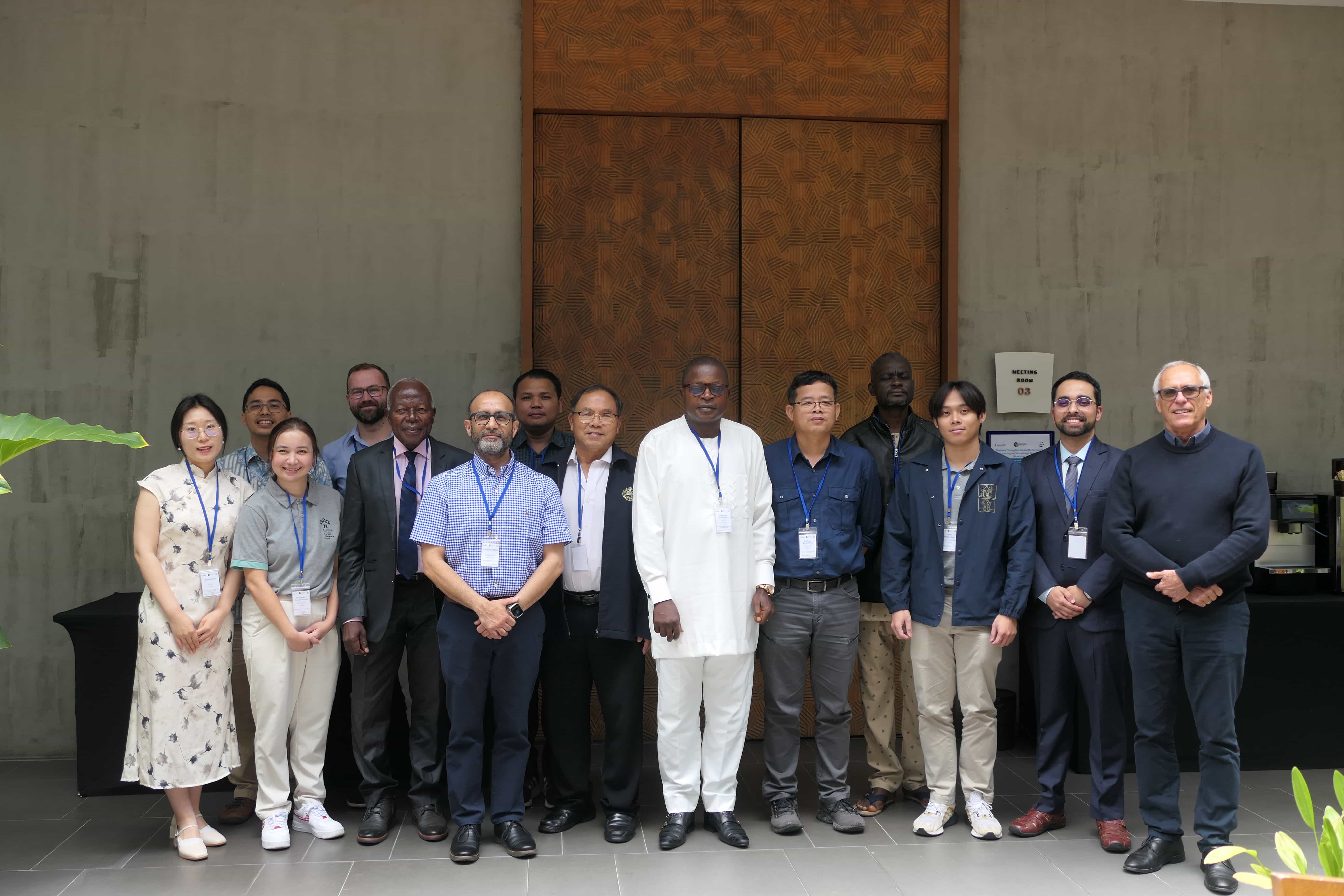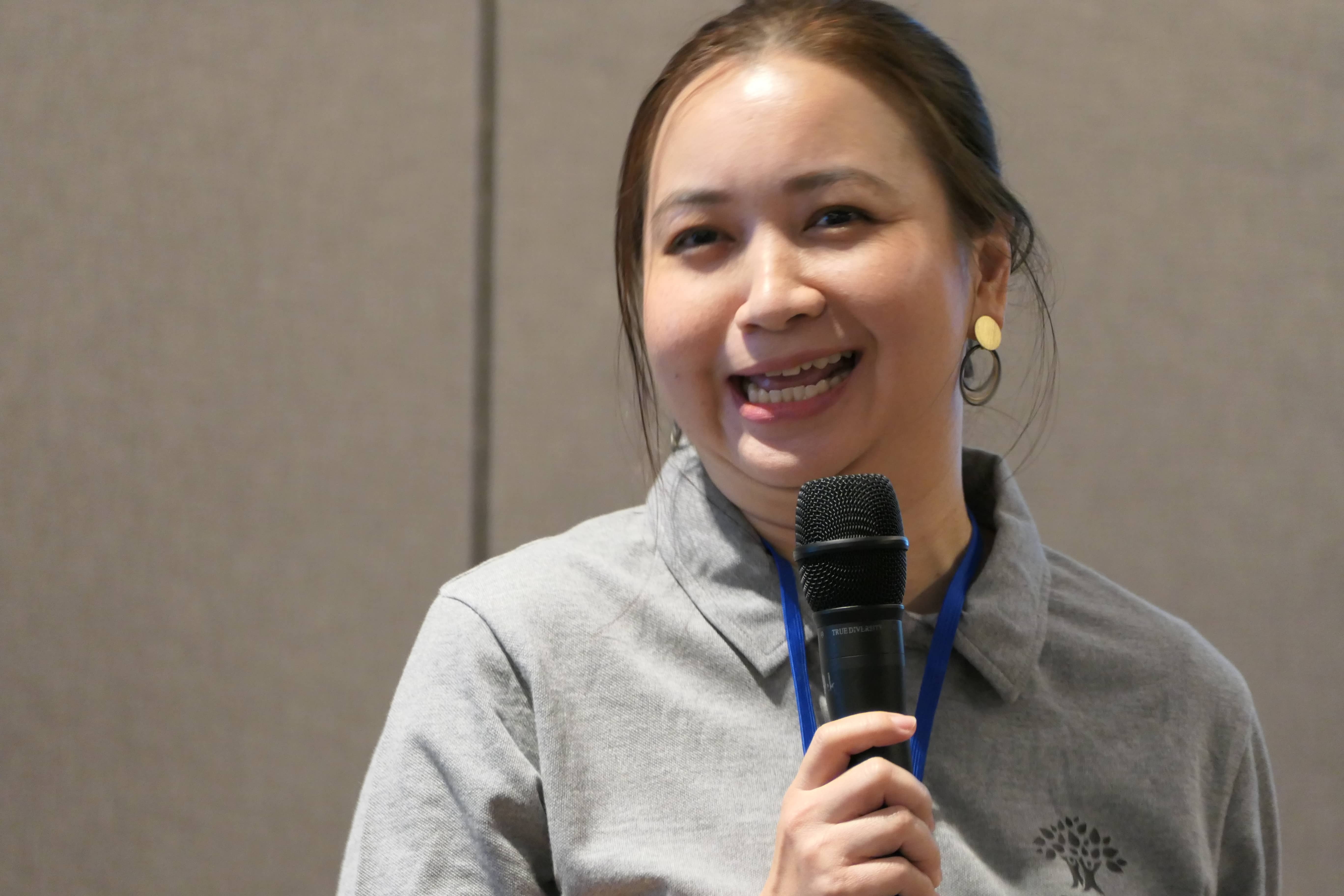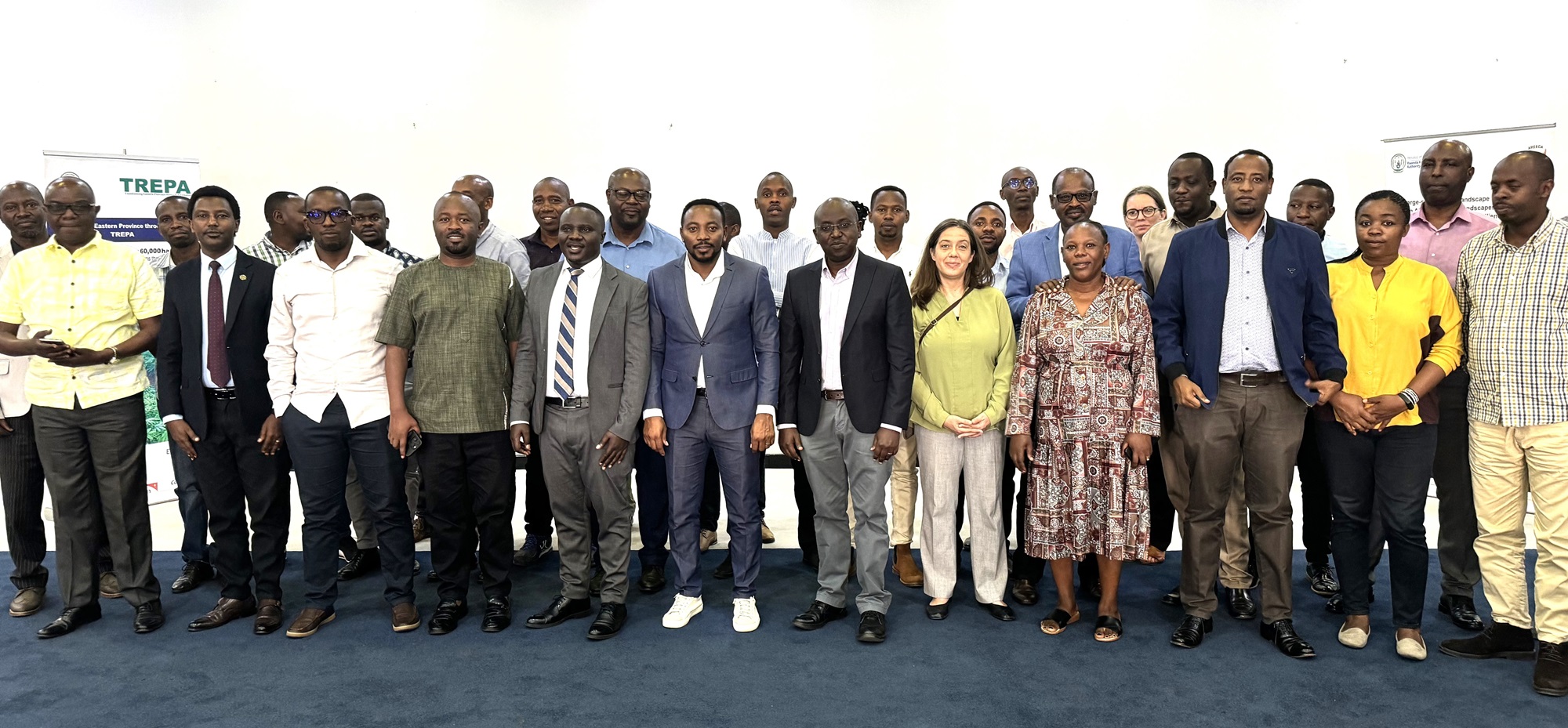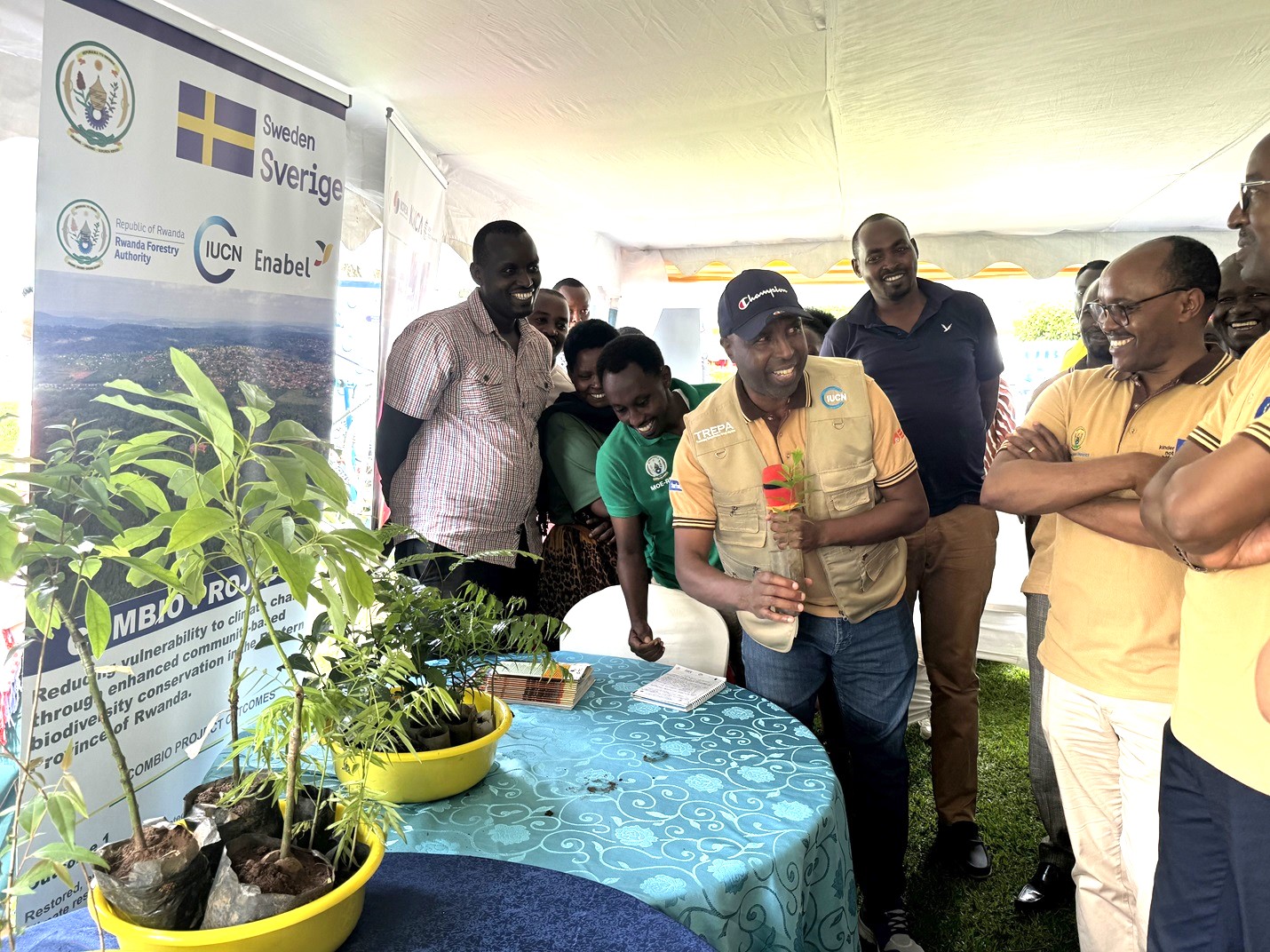Community tackles forest fires for sustainable forestry in Northern Thailand
Community efforts to protect the Ngao Model Forest, tucked away in the hills on a winding 250-kilometer drive from Thailand’s second largest city of Chiang Mai, have been underway for the last 60 years.
Ngao Model Forest spans almost 2000 square kilometers, encompassing the entire district of Ngao in Lampang Province. On the edge of the district is a community of ten villages that make up Ban Pong subdistrict, where locals rely on forage from the forest to sustain their diet and livelihood.
In a region prone to forest fires, spurred by agricultural burning among farmers clearing their land to prepare for the next crop, conservation efforts have largely focused on fire prevention and protection. Locals at Ban Pong Community Forest are proud to share that their home has been fire-free for the last 10 years. Just a five-minute walk into the forest is the first of the hand-built small check dams. Molded by cement and soil that are packed together to form its walls, these dams reduce post-fire erosion, aid in revegetation, and create fire breaks to reduce future risks. They also retain water to keep the village supplied year-round.
“When we protect the forest, the forest protects us.” Ms Rachaprapa Kamphud, Village leader, Ban Pong Community Forest, explains the locals recognise that their dependence on the forest comes at the cost of protecting it. “As the locals reap more rewards, whether through foraging mushrooms that can’t be found in other parts of Ngao Forest, or being able to earn additional income, they are motivated to protect the forest.”
Ngao was established as a Model Forest in 1964 by the Royal Forest Department, Thailand, to promote sustainable use of its resources while protecting biodiversity. Since then, the community has made substantial progress to protect their lifeline from deforestation and degradation from forest fires.
Ngao Model Forest is made up of 58 forest communities who represent the locals, government agencies, universities, NGOs and the private sector, working together to protect the forest. The Ngao Forest Association, made up of volunteers from the community, was also set up to facilitate decision-making on forest resources between communities and the local authority.
Just ten kilometers from Ban Pong Community Forest is a bamboo plantation – a social enterprise and community-led endeavour to adopt sustainable land-use alternatives to the monoculture that became entrenched in farming practices across the province. Growing only one crop on one part of the land depletes soil nutrients which farmers have to replenish with fertilisers, that subsequently pollute rivers and groundwater. Supported by the Model Forest Association, stakeholders worked together to grow alternative crops and brought in the private sector to introduce Ngao Model Forest’s products to new markets.
Mr Pradit Nunta, who was previously dependent on corn crops, now primarily grows bamboo on his 0.5-hectare plot, with smaller crops grown in the rows in-between. He explained the switch to bamboo was also for its higher resistance to forest fires and yield in market value. “I started by trying to grow other types of crops, like pineapple, but still made a loss. Though bamboo can only be harvested every four years, the return on investment is much higher because its raw materials can be made into higher value products.” Bamboo from his plantation is sold in all forms across the country, including as fishing nets to the Gulf of Thailand.
Model Forests play a key role in convening stakeholders from across the globe to share experiences and scale-up sustainable solutions. Representatives from Cameroon, China and Thailand, who visited the Community Forest and bamboo plantation, also gathered in Chiang Mai, Thailand, on 3-5 June 2024 for the Global Model Forest Learning and Knowledge Sharing Workshop organised by IUCN. The workshop provided an opportunity for participants to learn from one another and identify opportunities for collaboration.
“The role of the Model Forest Network is to promote diverse partnerships. Working alone, model forests might not recognise the ideas and opportunities to expand their practices. Joining hands helps us unlock our potential,” stressed Ms Nattarikarn Thongsomboon, Regional Model Forest Network (RMFN) - Asia Secretariat Officer, RECOFTC.
RMFN-Asia, established under the International Model Forest Network and funded by the Government of Canada with IUCN as an Asia regional partner, brings people from across the region together to strengthen livelihoods through sustainable use of forest resources and by tackling conservation challenges. Through the development of the Plan of Action for 2024-2026 under a new global project supported by the Government of Canada, IUCN will continue supporting model forests in advancing their innovative conservation effort in Asia and beyond.
